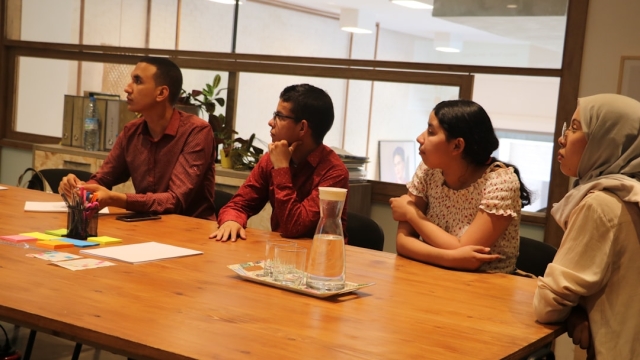Padel is a dynamic sport that has gained popularity across various regions, and the importance of selecting the right padel court flooring cannot be overstated. The flooring directly influences gameplay, player safety, and the overall experience of the match. With various flooring options available, understanding their characteristics, installation processes, and cost considerations can help in making an informed decision.
Types of padel court flooring Materials
When it comes to padel court flooring, several materials are commonly used, each offering unique advantages and disadvantages. Here are some of the most popular options:
Artificial Grass
Artificial grass is a widely favored choice for padel courts. It provides a soft surface that can be forgiving on players’ joints, making it a great option for long matches. The texture offers good traction, and it can be designed to mimic natural grass. However, upkeep can be necessary to keep the surface clean and in good condition.
Acrylic Coatings
Acrylic surfaces are known for their durability and low maintenance needs. These courts provide a smooth, hard surface that allows for quick ball rebound, catering to fast-paced gameplay. One downside is that they can be harder on the joints compared to softer surfaces like grass.
Wood
Wooden flooring provides a classic look and a warm playing surface. It is typically used in indoor courts and offers excellent ball control. However, wood can be susceptible to damage from moisture and may require regular maintenance to preserve its quality.
Multi-Sport Surfaces
Some courts utilize multi-sport surfaces that can accommodate various sports, including padel. These surfaces often combine elements of durability and cushioning, providing versatility for different games. The trade-off can be that they may not offer the same level of performance specifically optimized for padel.
| Material | Pros | Cons |
|---|---|---|
| Artificial Grass | Soft, good traction | Requires upkeep |
| Acrylic Coatings | Durable, low maintenance | Hard on joints |
| Wood | Classic look, excellent control | Moisture susceptibility |
| Multi-Sport Surfaces | Versatile | Less optimized for padel |
Installation Process for Padel Court Flooring
The installation process for padel court flooring varies depending on the material chosen. For those considering a DIY approach, it is essential to have a solid understanding of the required steps and tools. Here’s a general overview of the installation process:
1. Site Preparation: Start by clearing the area where the padel court will be constructed. Ensure the ground is level and free of debris. 2. Base Layer: Depending on the chosen flooring type, a base layer may be necessary. For artificial grass, a layer of crushed stone can provide drainage. For hard surfaces, a concrete slab is typically used. 3. Laying the Flooring: For artificial grass, roll out the turf and secure it with appropriate adhesives. For acrylic surfaces, applying the coating evenly is crucial. Wooden flooring often requires precise fitting and securing of boards. 4. Finishing Touches: Install any necessary accessories, such as netting or padding along the walls. Finally, ensure the court meets the official dimensions and regulations. While DIY can be a rewarding challenge, hiring professionals may yield better results, especially for complex installations or if you lack experience.
Cost Considerations and Budgeting for Padel Court Flooring
Cost is a significant factor when planning for padel court flooring. Pricing can vary widely based on materials, installation complexities, and regional market differences. Here are some key considerations:
– Material Costs: Each flooring type comes with its own price range. Generally, artificial grass and acrylic surfaces may be more budget-friendly than wooden options. – Installation Fees: If opting for professional installation, factor in labor costs. Hiring experts can increase the initial investment but may save money in the long run due to fewer maintenance issues. – Long-Term Maintenance: Consider the ongoing maintenance costs associated with each flooring type. Some materials, like wood and artificial grass, may require more upkeep than hard surfaces. – Supplier Selection: Research suppliers or services specializing in padel court flooring. Quality of materials and reputation can significantly impact the overall budget and satisfaction. Investing in quality padel court flooring is essential for enhancing gameplay and ensuring safety. Whether you choose to engage professionals or take a DIY approach, understanding the materials, installation processes, and costs will help create an optimal playing environment. For more insights and resources related to padel court flooring, consider visiting [Mondo Padel](http://www.mondopadel.com).

